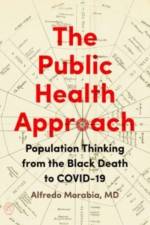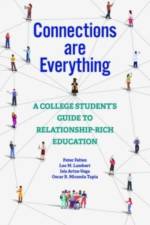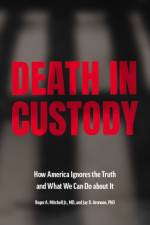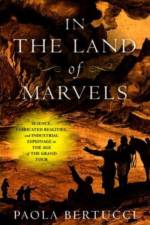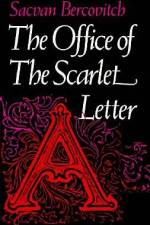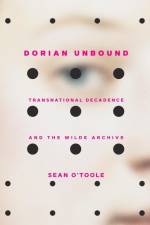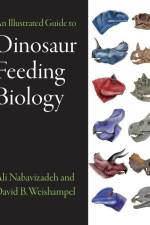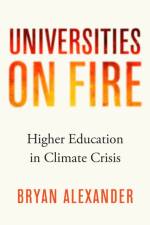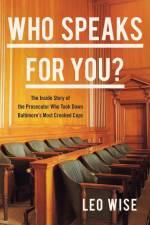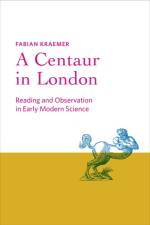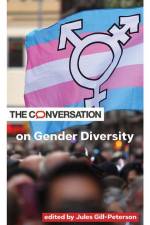av Dean Ho
397,99
How digital therapies can transform your health.Traditional health care has a new ally. Some patients with sleep disorders, back pain, and diabetes are now being prescribed app-based treatment instead of drugs. Algorithms are helping cancer patients manage their symptoms, and video games are improving the attention span of children diagnosed with ADHD. A new class of medicine called digital therapeutics (DTx) is gaining traction and transforming the way patients engage with the health care system. In Medicine without Meds, Dean Ho, Yoann Sapanel, and Agata Blasiak explore the exciting potential for these digital therapies to transform patient care.Ho, Sapanel, and Blasiak share their insights on how these therapies can deliver value beyond the technology, address the challenges of implementation in existing health care models, and revolutionize care delivery. These clinicians, researchers, engineers, patients, start-up founders, and corporate executives are at the forefront of designing and building tomorrow's DTx. They explain what DTx represents, how it differs from other digital health solutions, and how these tools can be conceptualized, created, and brought to market. Throughout, case studies from leading DTx organization such as Akili Interactive, MedRhythms, and Welldoc illuminate best practices in product development, issues to consider, and pitfalls to avoid. These essays, along with a foreword by D. A. Wallach and Dr. Eddie Martucci's outlook on the future of DTx, present the exciting potential for DTx to reimagine health care for all.

